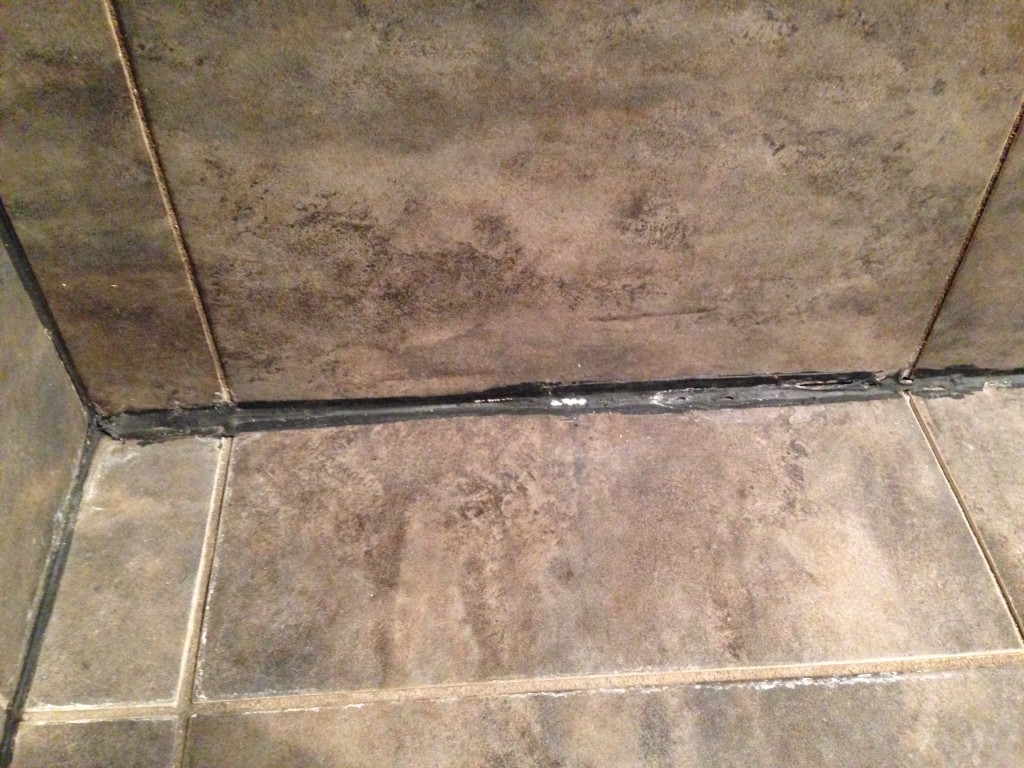Smoke Alarm Information
The following information is relative to the conditions and legislation in place at the time this document was created (January 2020). If there has been any subsequent changes or amendments to the building legislation governing the use of and installation of Smoke Alarms within Residential Properties after January 2020, then obviously these changes would not be reflected in this information and furthermore some information may not be accurate and in line with the most up-to-date legislation in place for this reason.
In view of this, we have a legal obligation to advise you, that you must not act on the information without first making further enquiries yourself, specifically in relation to what current legislation is in place for the use of and installation of Smoke Alarms at Residential Properties, in order to determine that it reflects the information we are providing in this document.
Key legislation for Smoke Alarms
There are five key areas of legislation that govern the manner in which Smoke Alarm installation must be carried out within residential structures in Queensland.
• Fire and Emergency Services Act 1990
• Building Fire Safety Regulation 2008
• Building Regulations 2006
• National Construction Code
• AS: 3786 – 2014 Smoke Alarm standard
The legislation deals with and has different conditions for 3 types of dwellings:
1) Existing dwellings
2) Dwellings being sold, leased an existing lease is being renewed
3) A new dwelling, or a dwelling being substantially renovated
Legislation for existing dwellings
From January 2017 – January 2027
• When replacing Smoke Alarms
– The Smoke Alarm to be fitted must be of a photoelectric type and not contain an ionisation sensor
– Existing Smoke Alarms in place must be no older than 10 years (from the date it was manufactured)
– Any alarm tested that doesn’t operate must be replaced
– Any existing hardwired Smoke Alarm being replaced must also be replaced with a hardwired Smoke Alarm and not a battery variety
From January 2027 onwards
• Smoke alarms in all dwellings must:
– Be photoelectric not contain an ionisation sensor
– Be less than 10 years old
– Operate when tested
– Be interconnected to every smoke alarm in the dwelling so they all act together
Some Minimum requirements
• Smoke must be installed on each story:
– In each bedroom
– In hallways connecting the bedrooms
– If no hallways connect bedrooms, then other parts of the story closest to the bedrooms
– If there are no bedrooms on a story, then at least one installed closest to the nearest path to the exit
Smoke Alarms must be hardwired powered by a non-removable 10 year battery powered smoke alarm.
Legislation for dwellings being sold, leased or having an existing lease renewed
From January 2017 – January 2027
– All Smoke Alarms must be tested (as a minimum) with there being a change of lease or every 12 calender months whatever comes first
– A Form 24 must be lodged with the Queensland land registry office confirming requirements of legislation have been met
From January 2027 onwards (same as existing dwelling requirements)
• Smoke Alarms in all dwellings must:
– Be photoelectric not contain an ionisation sensor
– Be less than 10 years old
– Operate when tested
– Be interconnected to every smoke alarm in the dwelling so they all act together
• Smoke Alarms must be installed on each story
– In each bedroom
– In hallways connecting the bedrooms
– If no hallways connect bedrooms, then other parts of the story closest to the bedrooms
– If there are no bedrooms on a story, then at least one installed closest to the nearest path to the exit
Smoke Alarms must be hardwired powered by a non-removable 10 year battery powered Smoke Alarm
Legislation for New Dwellings or Dwellings being substantially renovated
From January 2017 onwards
• Smoke alarms in all dwellings must:
– Be photoelectric and not contain any ionisation sensor
– Be hardwired to mains power with secondary battery backup
– Be interconnected to every other smoke alarm so that all will activate together
• Smoke Alarms must be installed on each story
– In each bedroom
– In hallways connecting the bedrooms
– If no hallways connect bedrooms, then other parts of the story closest to the bedrooms
– If there are no bedrooms on a story, then at least one installed closest to the nearest path to the exit
No Battery Smoke Alarms allowed for new dwelling construction
Summary
• New Smoke Alarm legislation commenced January 2017
• There are various types of conditions applicable for three types of dwellings under the legislation:
1) Existing dwellings
2) Dwellings being sold, leased or having an existing lease is renewed
3) New dwellings or dwellings being substantially renovated
• There are different years of commencement of legislation for each area of dwelling.
• Always check with the Queensland Fire & Rescue Service for the most up-to-date legislation requirements.
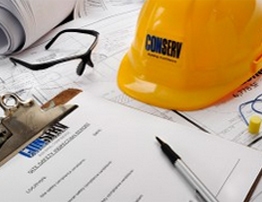



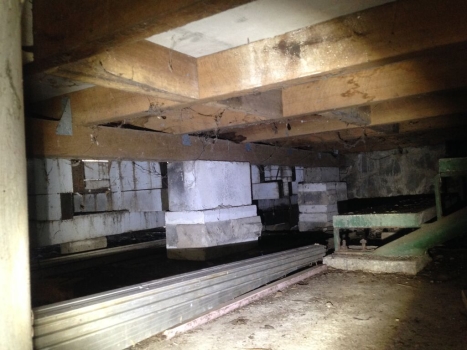


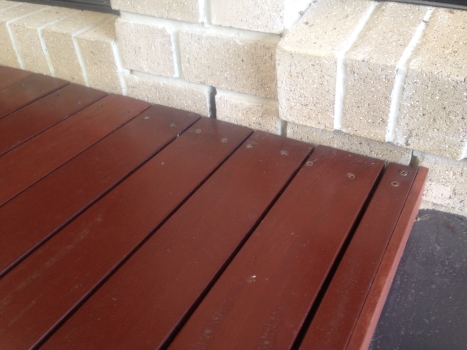
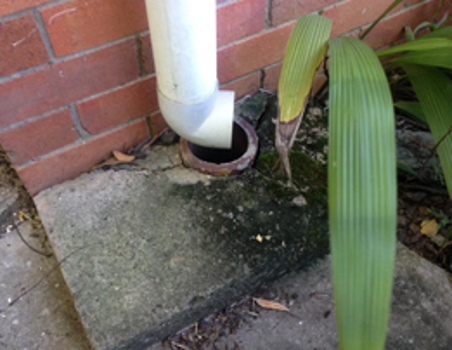 All too often during our inspections we identify areas which are conducive to the collection of retained ground moisture near a structure. Elevated moisture levels are known to provide conditions favourable to Timber Pest activity, particularly termites, and it is vital that every effort be made to avoid these risks. The most common causes of retained ground moisture are inadequate surface water drainage, downpipes not connected to drainage outlets, no gutters in place for roofing areas, outlet pipes for air conditioners, relief and overflow valves for hot water cylinders, corroding and join leakages of gutters and downpipes, defective or incomplete flashing and plumbing for rainwater tanks leaking. These are all issues which can be, and should be rectified, if they are in existence at a property.
All too often during our inspections we identify areas which are conducive to the collection of retained ground moisture near a structure. Elevated moisture levels are known to provide conditions favourable to Timber Pest activity, particularly termites, and it is vital that every effort be made to avoid these risks. The most common causes of retained ground moisture are inadequate surface water drainage, downpipes not connected to drainage outlets, no gutters in place for roofing areas, outlet pipes for air conditioners, relief and overflow valves for hot water cylinders, corroding and join leakages of gutters and downpipes, defective or incomplete flashing and plumbing for rainwater tanks leaking. These are all issues which can be, and should be rectified, if they are in existence at a property.




